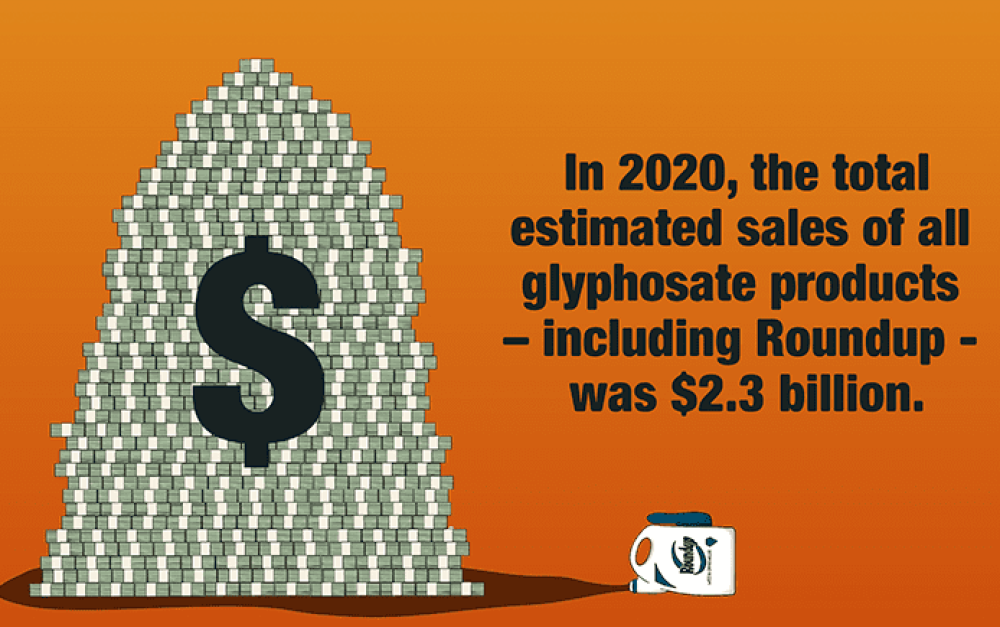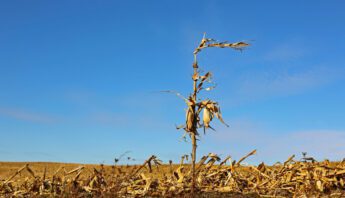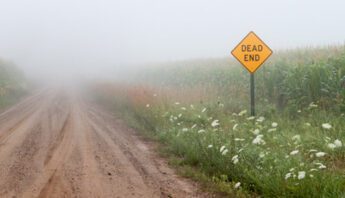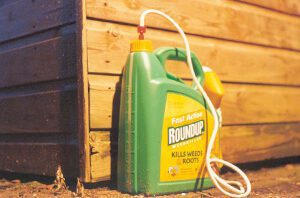As the end of the year approaches, I like to reflect on what has been and what is to come. Here at PAN, we have some accomplishments to celebrate. After decades of advocacy, we finally saw the ban of the dangerous pesticide chlorpyrifos from food products in the United States take effect. We’ve also been hard at work on a groundbreaking pesticides and climate change report that you’ll see early next year.
I also take the time to explore reasons to be grateful. I am thankful that I have the privilege of working with quality people who perform their tasks with integrity and skill. And we, as a group, are grateful for the support provided by our community. Some folks participate by signing letters we submit to legislators and government officials. Others provide us with funding to do our work. No matter how you choose to support PAN, we offer up sincere appreciation.
Finally, I ground my hopes for the future by taking a careful look at the challenges that are ahead. This year, I decided to give myself perspective by investigating the motivations for the use of pesticides, such as glyphosate herbicide products like Roundup. Certainly, I could consider the use of this product to kill unwanted plants, and I could also think about the risks and dangers that come with its use. But I decided I would “follow the money,” and I started with a single bottle of ready-to-use Round-up an individual consumer might buy.
The best price I found for a one gallon bottle of Roundup was $14.97.
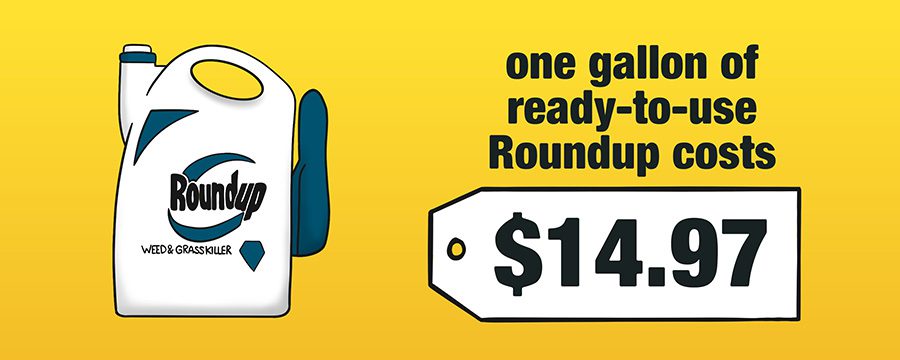
The consumer market accounts for the application of roughly five million pounds of active ingredient glyphosate, and each $14.97 bottle of Roundup contains about 0.1 of a pound of this herbicide. To put that into perspective, the consumer market accounts for the equivalent of fifty million bottles of ready-to-use Round-up each year. That’s a lot of product and a significant amount of sales!
It doesn’t end there. The consumer market is a little more than one-fifth of all non-agricultural uses of glyphosate in the US (5 million out of 24 million pounds). But, this amount pales in comparison to the agricultural use of this active ingredient – which has been measured at over 250 million pounds each year since 2010.
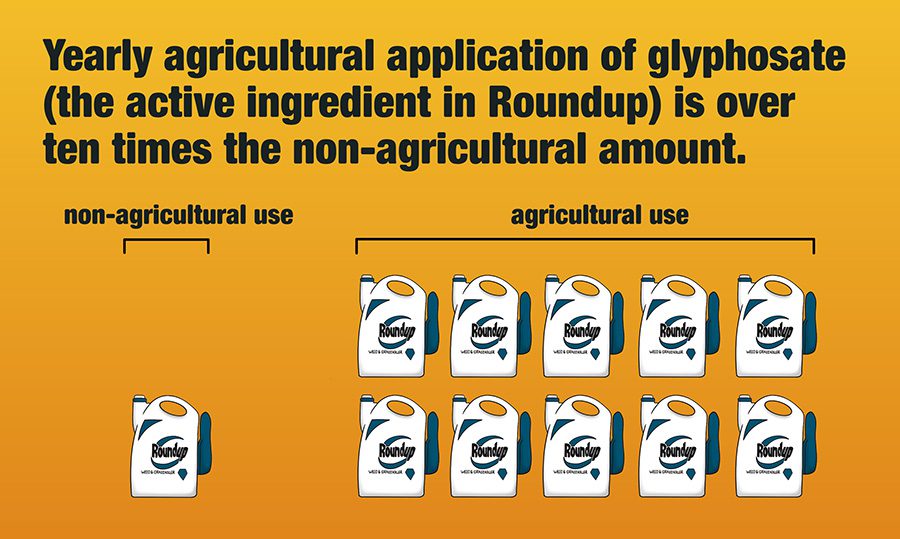
Roundup and other glyphosate products are the most widely used herbicides in the US. Corporations like Bayer/Monsanto have an interest in discrediting any claims that these products could be dangerous simply because the sales are so lucrative. Altogether, we are looking at application numbers that approach 300 million pounds per year, with sales to the tune of $2.3 billion in 2020 alone.
In fact, Bayer/Monsanto continues to promote glyphosate products by expanding their GMO seed introductions that are glyphosate resistant. They have shown no interest in any alternatives to their product other than alternative pesticides, such as dicamba. The biggest motivating factor they have for continuing to promote glyphosate products is clear, we just need to follow the money.
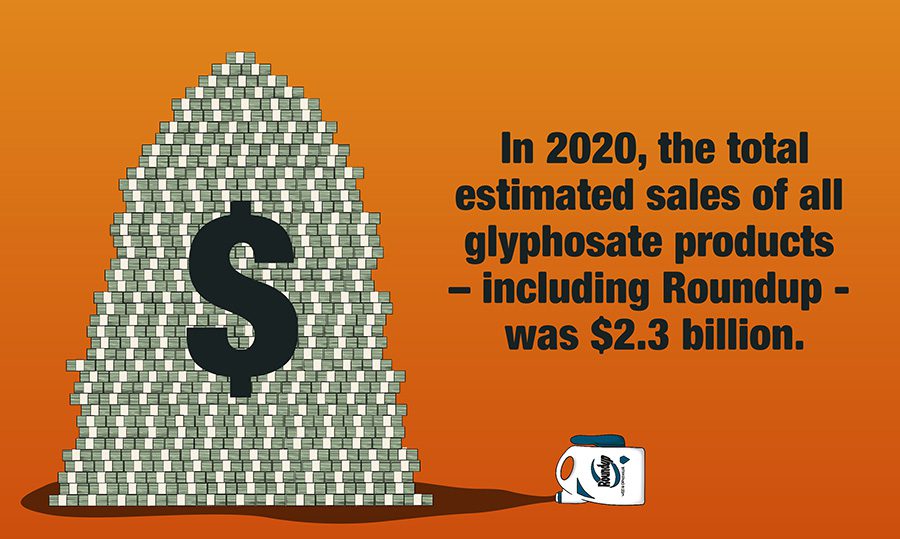
These numbers are astounding and they clarify for me the need to push back. Personally, I am more motivated to work harder at promoting the principles of agroecology and alternatives to chemical-intensive food and farming systems. I will not lie down and let big business dictate the next chapters of our world.
I prefer that we work together to write our own future. Are you willing to join us in this effort by providing the funding equivalent of one half, one, two, or three bottles of ready-to-use Round-up? Or, you can pick your own number that helps to motivate you to do what it takes to make a difference.
If you have already given, thank you! If you cannot afford to give, but you do what you can to support our work, you have our gratitude. When we work together, we can all make a difference for the better.



